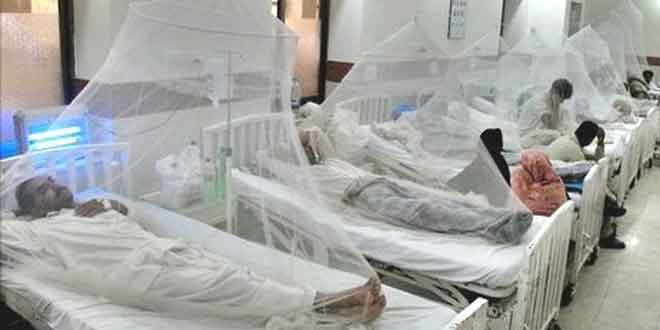
Dengue Outbreaks in Karachi
Dengue Prevention and Control Program Sindh Provincial Manger Dr Shakeel Aamir Mullick has reported that 20 more dengue viral fever cases were reported in Karachi taking the number of dengue patients in the city to 269 this year.
He said a total of 270 dengue fever cases had been reported in the province since January 2015, out of them 269 were detected in Karachi and one in interior Sindh. He said that all 20 new cases were reported from the city. Around 40 dengue cases had been reported from Karachi within a week, he added.
The dengue prevention and control program and provincial health department had already launched larvacidal activities across the Karachi to eliminate dengue eggs from drains and ponds.
The unexpected outbreak of Dengue Outbreaks this year suggested that the virus is growing stronger and proper research should be carried out to seek ways to eradicate it, said Mayo Hospital and King Edward Medical University Microbiology Diagnostic and Research Lab Infection Control Officer Dr Tayyba Ijaz.
Dengue fever which is also known as bone breaking fever, is an infectious tropical disease caused by the dengue virus. Symptoms of the virus include fever, headache, muscle and joint pains, and a characteristic skin rash that is similar to measles.
In a small proportion of cases the disease develops into the life-threatening Dengue Outbreaks hemorrhagic fever, resulting in bleeding, low levels of blood platelets and blood plasma leakage, or a state where dangerously low blood pressure occurs.
Dengue is transmitted by several species of mosquito. The virus has four different types; infection with one type usually gives lifelong immunity to that type, but only short term immunity to others. Subsequent infection with a different type increases the risk of severe complications. As there is no vaccine, prevention is sought by reducing the habitat and the number of mosquitoes and limiting exposure to bites.
Treatment of acute Dengue Outbreaks us supportive, using either oral or intravenous rehydration for mild or moderate disease, and intravenous fluids and blood transfusion for more severe cases.

